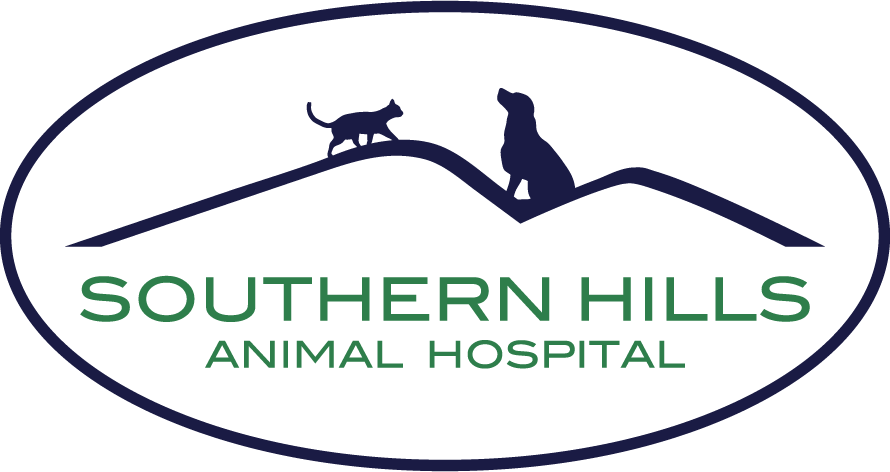Hyperadrenocorticism(HAC)
Cushing’s disease, also known as hyperadrenocorticism (HAC), is a condition in which the adrenal glands (located near the kidneys). It is a complicated disease that often acts more like a syndrome, and is caused by an excess production of cortisol. Cortisol is a hormone that helps regulate metabolism, blood sugar levels, and the immune system. When there’s too much cortisol in your dog’s body, it can cause symptoms such as increased thirst and urination, weight gain around their abdomen (just like humans!), muscle weakness, or fat loss from their limbs and face.
Symptoms & Diagnosis
Overproduction of cortisol can result in various symptoms, such as hair loss all over the body, pot-bellied appearance, increased urination and drinking more, and easily bruised skin. Because Cushing’s affects multiple organs, it’s hard to have a conclusive diagnosis on symptoms alone. If your pet is taking steroids, they can also exhibit similar symptoms, which are routine side effects. In some cases where there are severe symptoms of Cushing’s disease, such as significant weight loss or vomiting blood, your vet may recommend treatment with medication right away, before waiting for confirmation from blood test results.
Symptoms include:
- Increased thirst and urination
- Weight loss and muscle wasting
- Increased appetite (and sometimes overeating)
- Abdominal weight gain
- Excessive panting or drooling
- Calcium deposits on the skin
- Poor wound healing
There are two types of Cushing’s in dogs: Adrenal Dependent and Pituitary Dependant, based on which gland is affected. Diagnosis is based on symptoms, blood tests, and imaging tests. Because many diseases have similar symptoms, your veterinarian will use imaging and cortisol testing to rule out some other conditions that share clinical signs. Abdominal ultrasound is often performed to determine if there is an adrenal mass and assists in differentiating ADH and PDH.
Treatment
Treatment depends on the size of the tumor and whether it will be removed. Surgery may be needed to remove a large tumor or one that has invaded other tissues in the body. Untreated HAC results in uncontrolled secondary effects that are life-threatening. Surgical resection may be attempted if an adrenal tumor is present, but surgery carries significant risks. If surgery isn’t possible due to the location or size of the tumor, medication will be prescribed to help manage symptoms.
Your veterinarian will discuss which treatment option they recommend for your pet. The most common medications are Vetoryl {trilostane) or Lysodren (mitotane) and aregiven 1 or 2 times daily with a meal. Once on medication, monitoring for adverse effects is critical and requires you to be vigilant and involved in treatment as the pet’s caretaker. Vomiting, diarrhea, refusing food or water, and/or muscle tremors aresigns that require a call to your veterinarian. In most cases, response to treatment may take several weeks, and the dog’s overall health improves over several months.
Prognosis
Pets with Cushing’s or HAC rarely succumb to the disease but can eventually pass away due to secondary effects. If your pet’s tumor is adrenal and can be surgically removed, the prognosis is excellent. Medical management of Cushing’s in animals requires a significant financial commitment, dedicated administration of medications, and a time commitment for regular testing. With treatment, you can enhance your pet’s longevity and quality of life. HAC also makes concurrent diseases (like diabetes) more difficult to manage.
